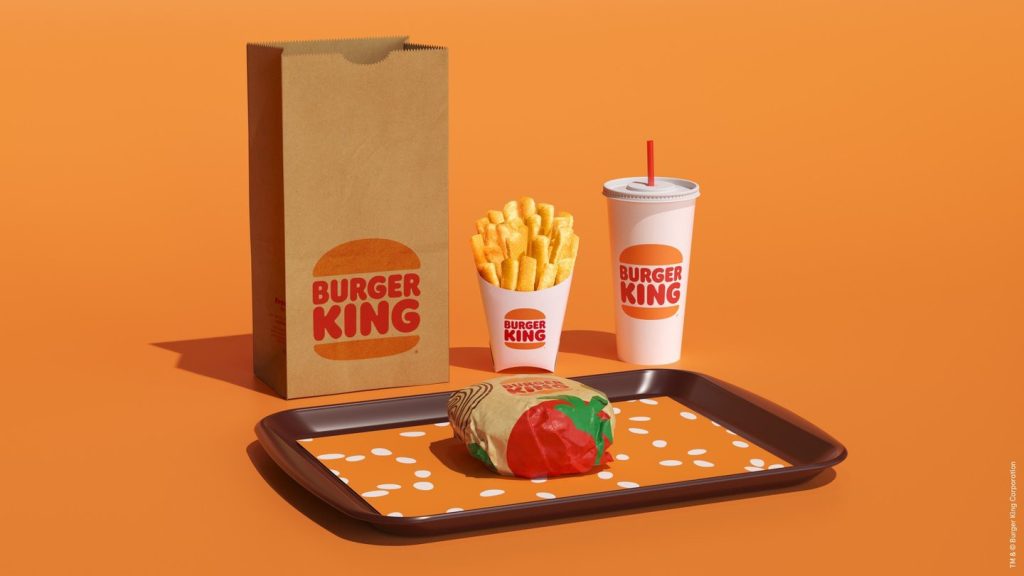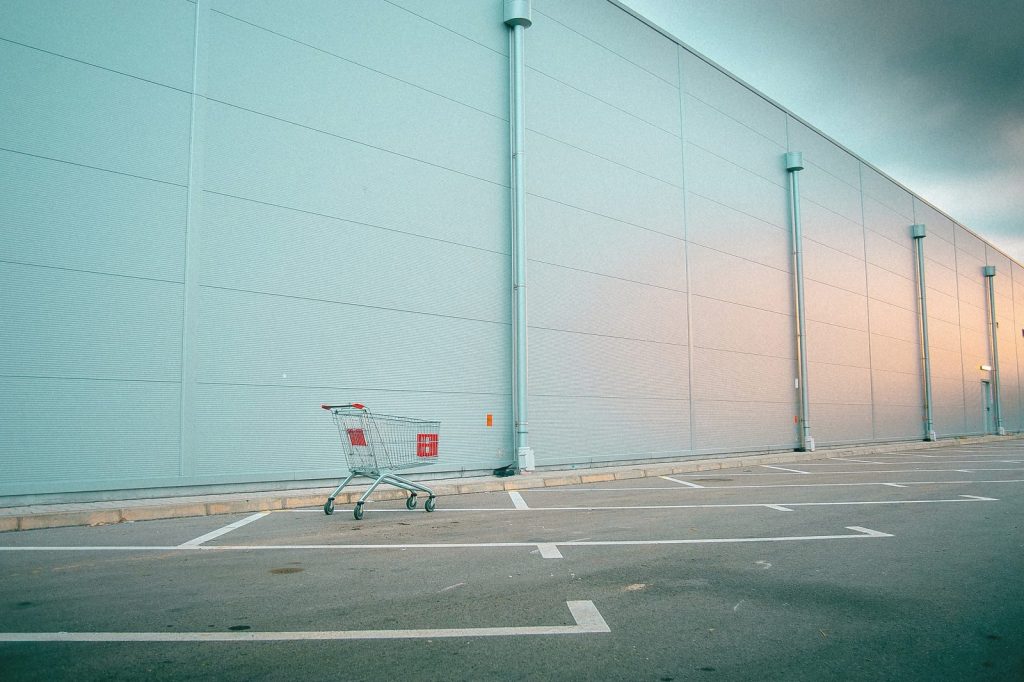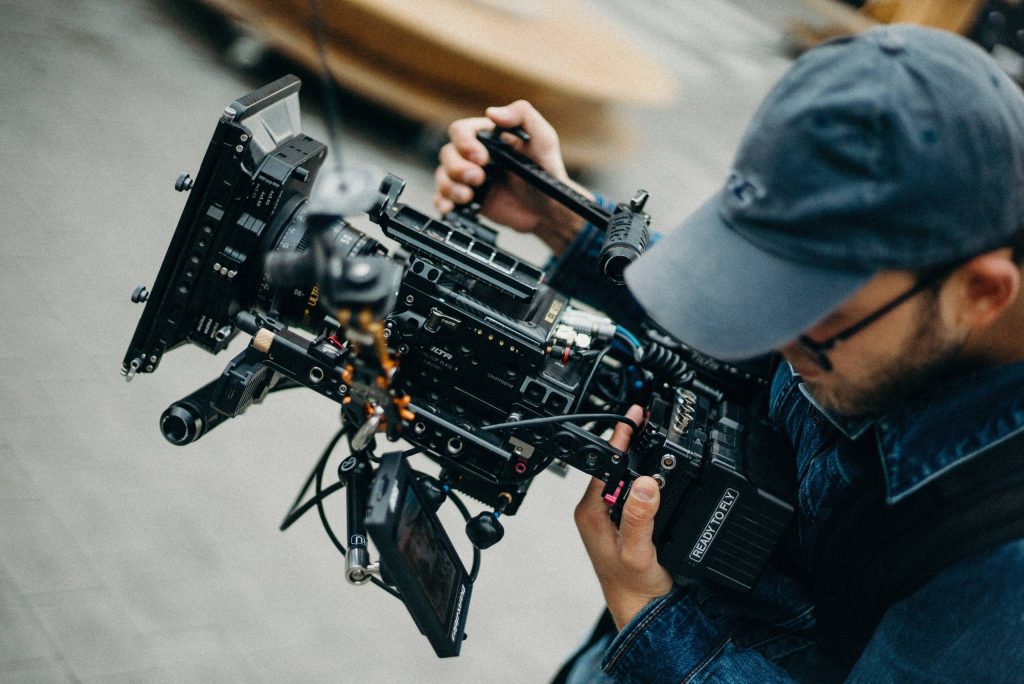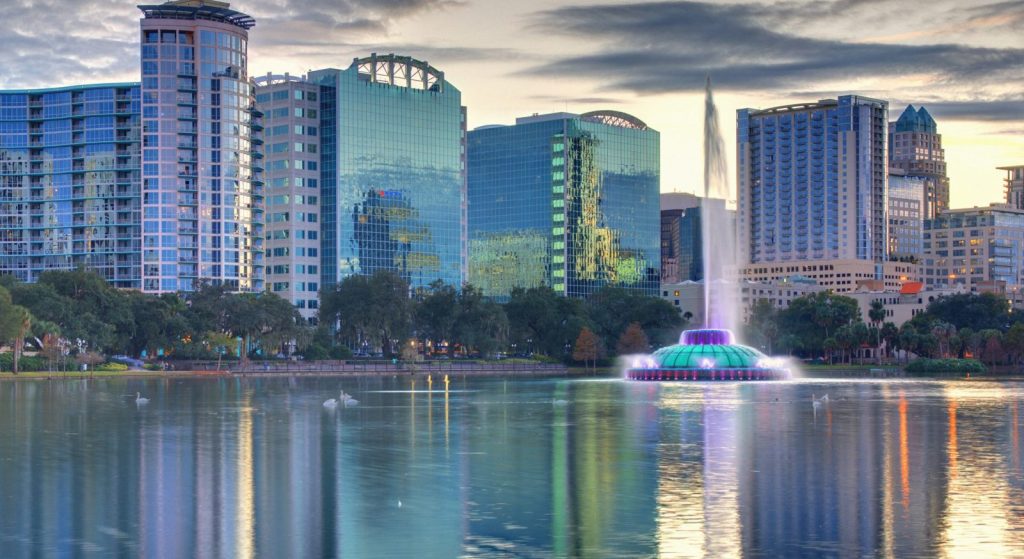Logo Designers in 2021: Make Logos Flat But Not Forgettable
To engage the notoriously short attention span of internet users, even older brands have recently introduced modern, streamlined versions of earlier logos. Flat logo design refers to the popular trend of using two-dimensional, two-color branding images that don’t contain realistic images, shading, and other enhancements. They’re meant to appeal to contemporary consumers and easily transfer …
Logo Designers in 2021: Make Logos Flat But Not Forgettable Read More »










